Our current favourite species is this large often pink to wine-capped Agaricus that is often associated with Pinus radiata and in largish troops in native forest.
The most common phenotype is a large (up to 21cms diameter), beautiful pinkish to wine-coloured Agaricus with even scales on the cap surface, a skirt-like veil and a thick, solid stipe. The cap surface and stipe may stain gold over time and smell of almonds, but sometimes no staining or almond smell is apparent. The gills remain white like augustus until late in maturity then turn pinkish, then chocolate brown. This version we have sequenced from Victoria and South Australia.
A second phenotype we have found was a whiteish, fawn colours cap without an umbo, and a very scaley to even shaggy-fleshed stipe also growing under Pinus radiata with prominent gold staining one year and none the next.
A third phenotype we found was a brown to orangish massive variety with a spindle-shaped stipe growing under mixed Acacia and Pinus radiata forest.
We’ve been tricked into sending various specimens of this species for sequencing convinced it was a new species only to find it sitting once again in the range around one Agaricus megalocarpus sequence and the Australian unnamed sequence JF495060 on GenBank.
This species sits nicely within section arvensis and is very similar at times to augustus in size, scaling and gold staining as well as scaling on the stipe below the ring – the often pink to wine-capped cap giving it distinct features. It sits only 2% or so away from augustus on BLASTn
Because it is in section arvensis and because it does not stain brown red it is not austrovinaceus.
Phenotype 1 (Photos by Mel Ryper):
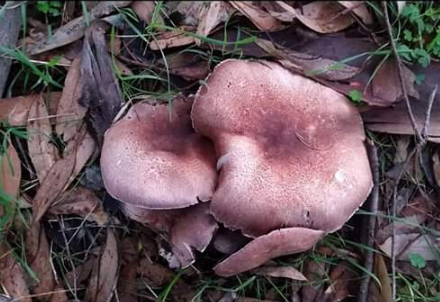
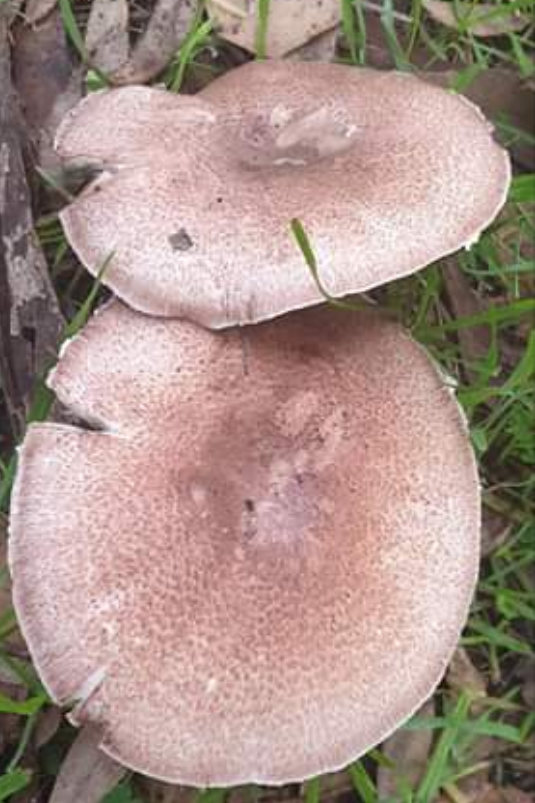
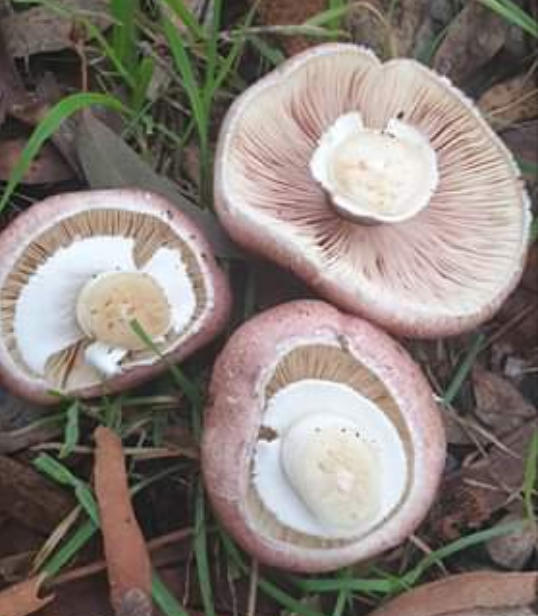
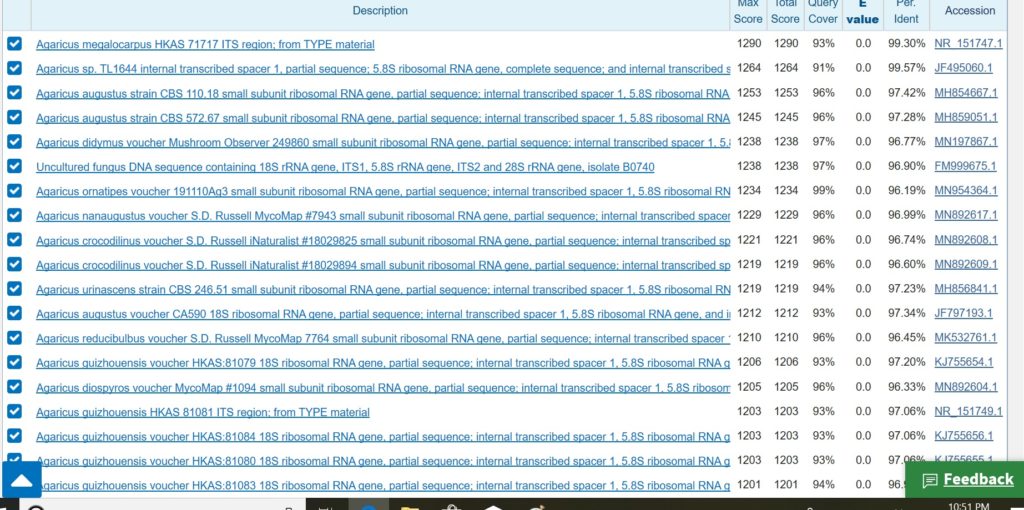
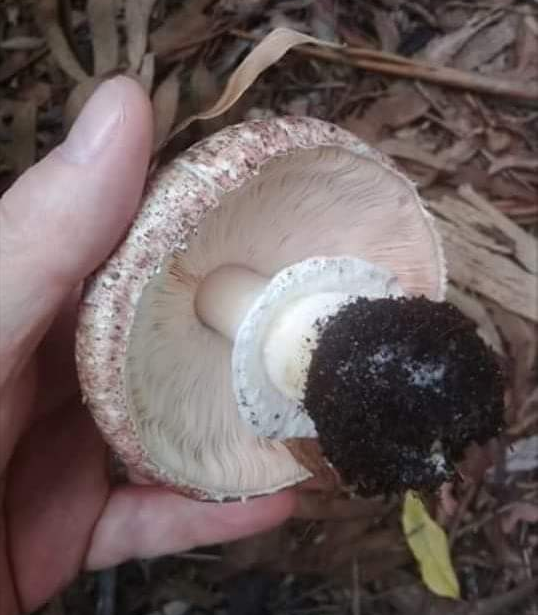
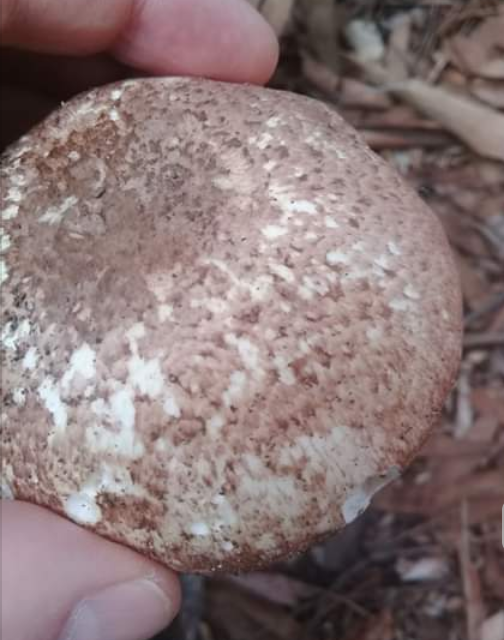
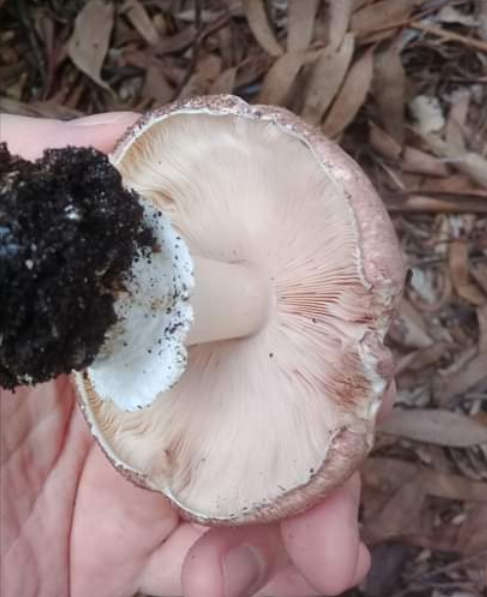
Phenotype 2 – Dandenong Ranges:
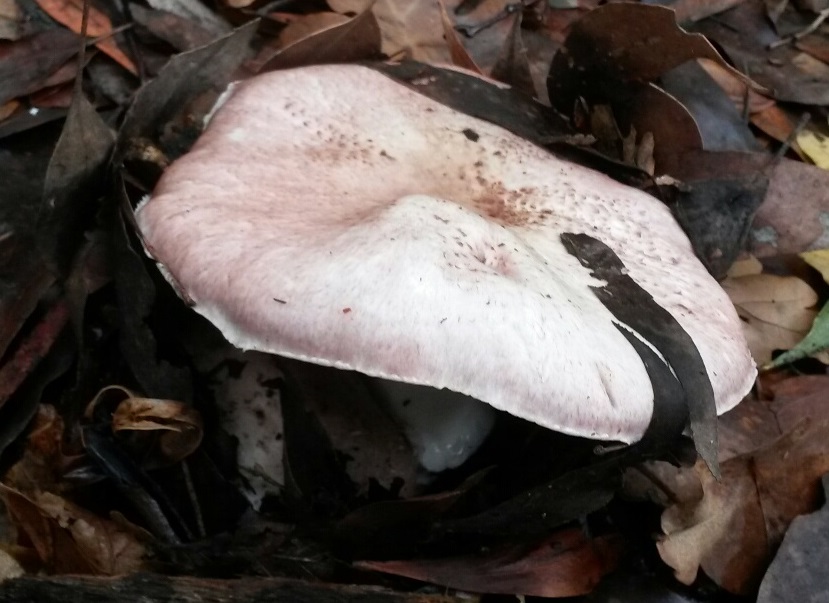
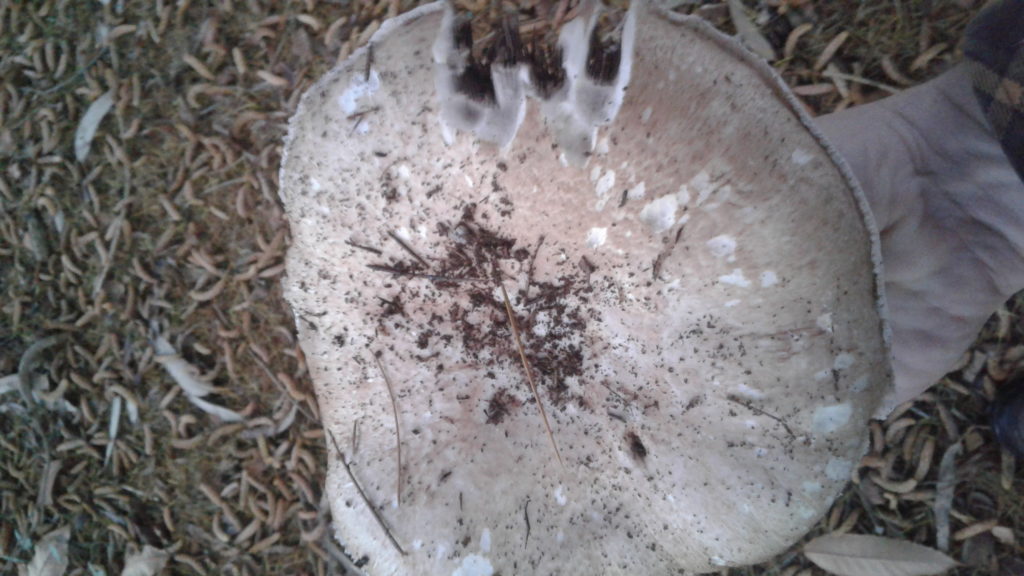
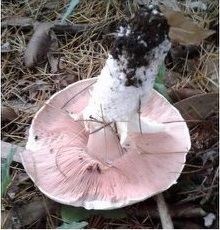
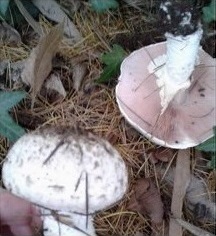
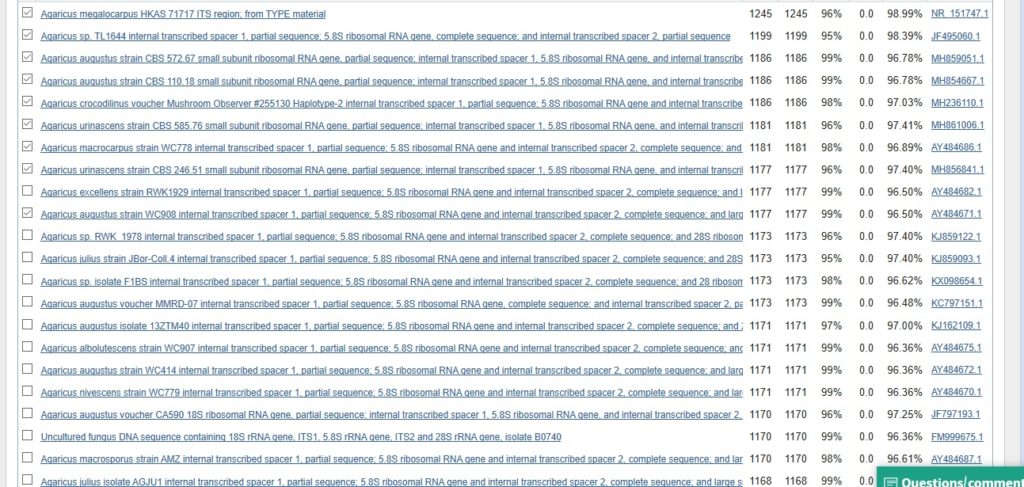
Phenotype 3:
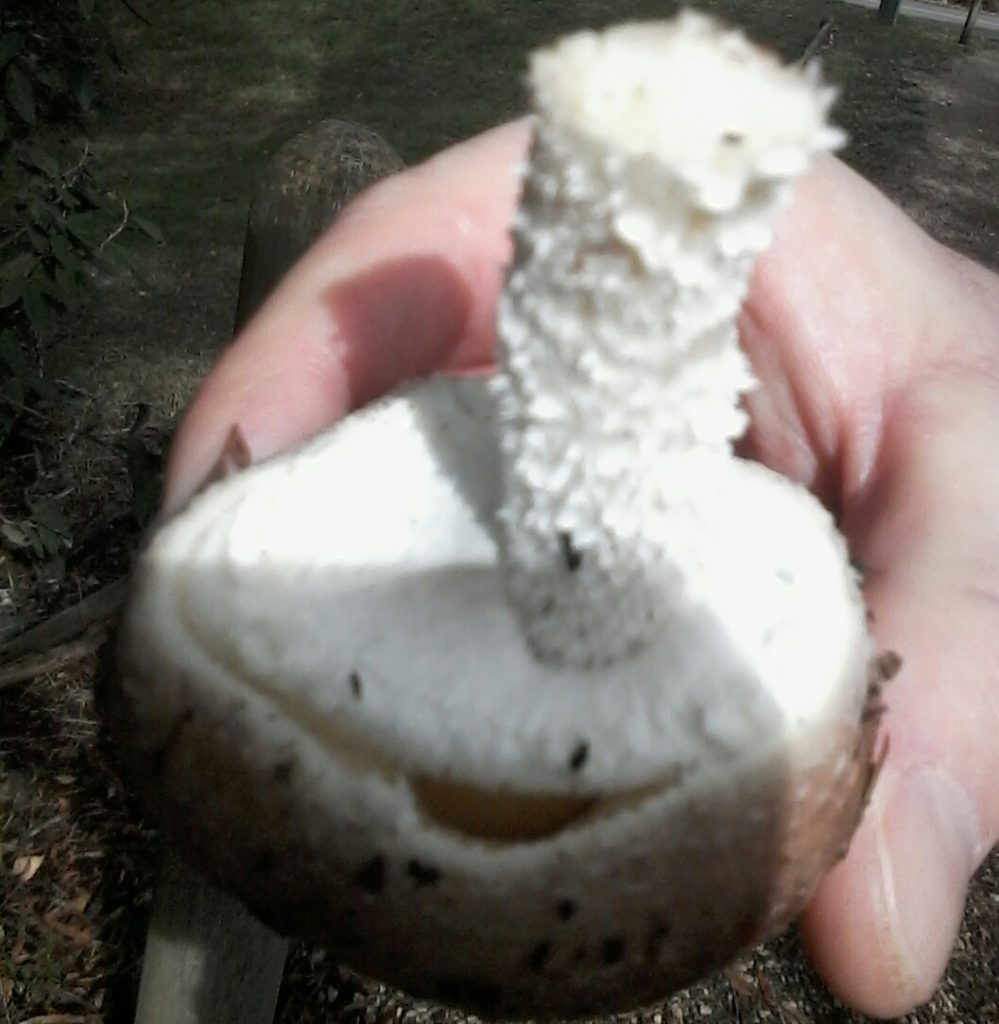
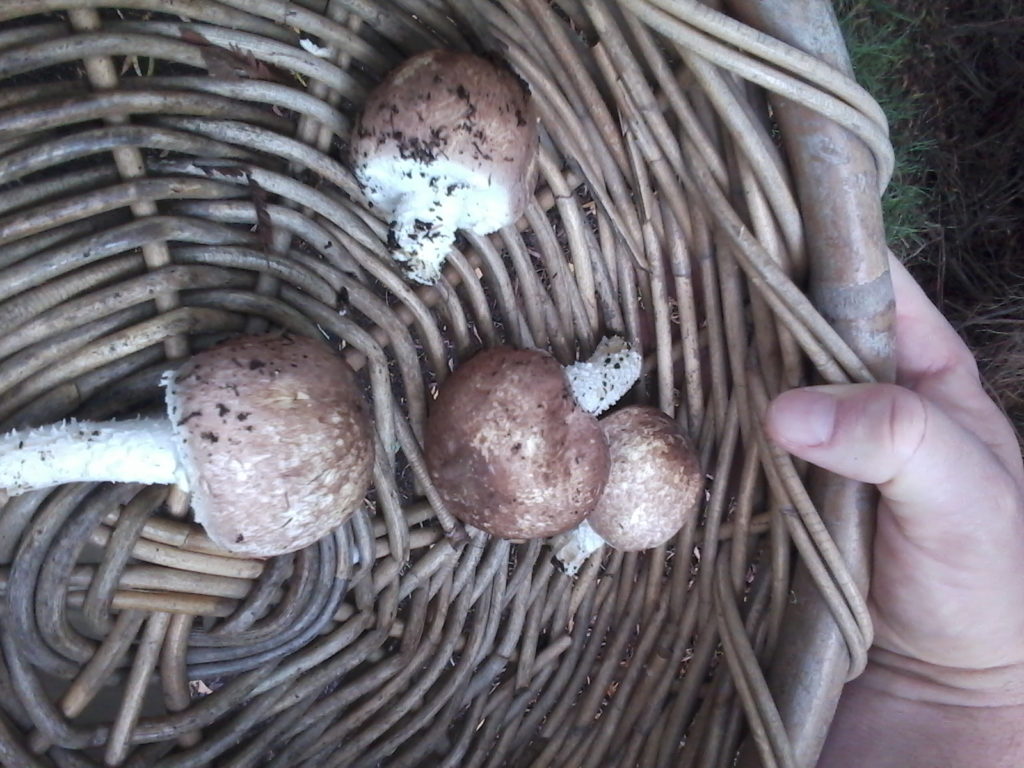
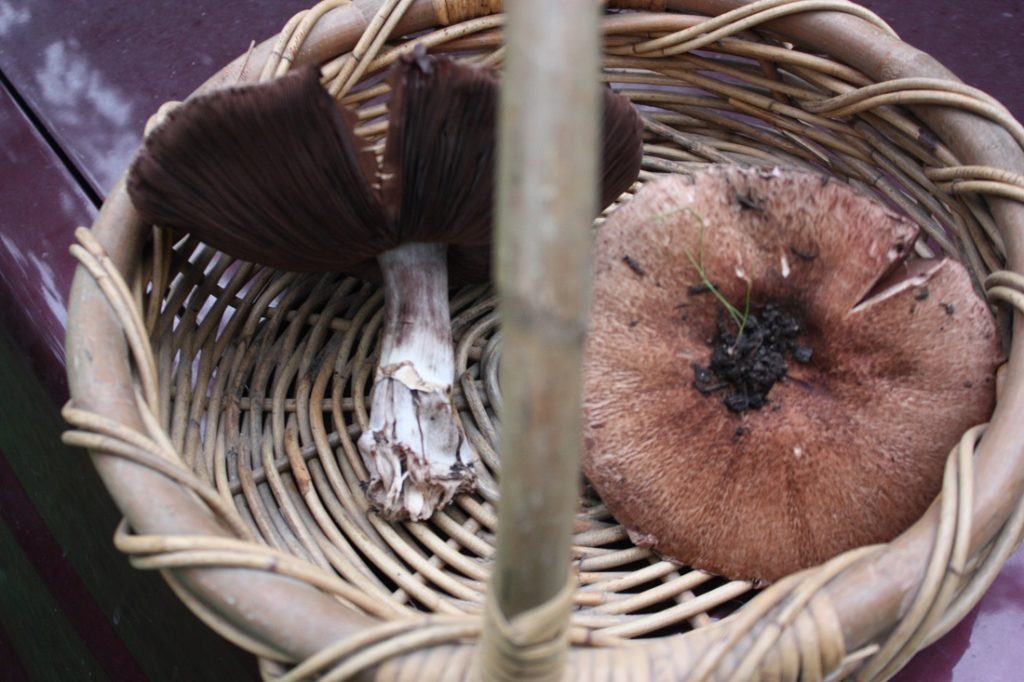
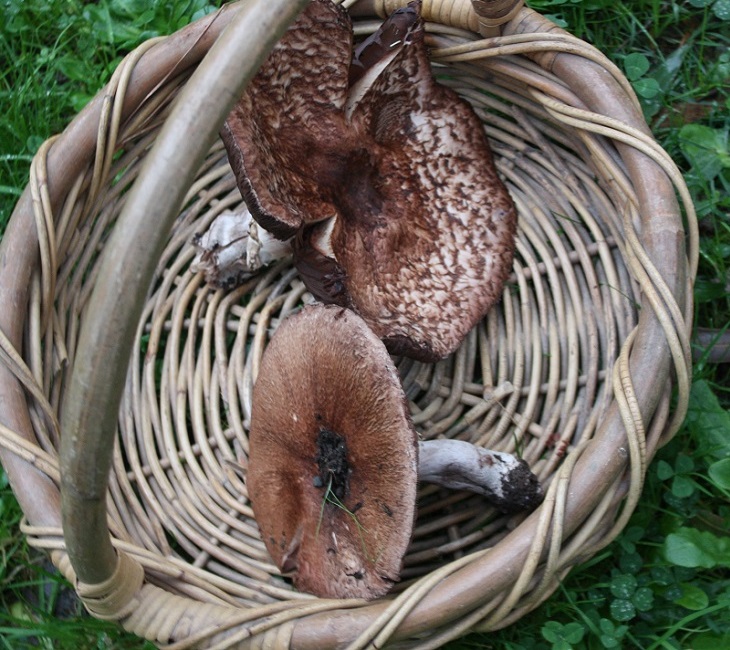
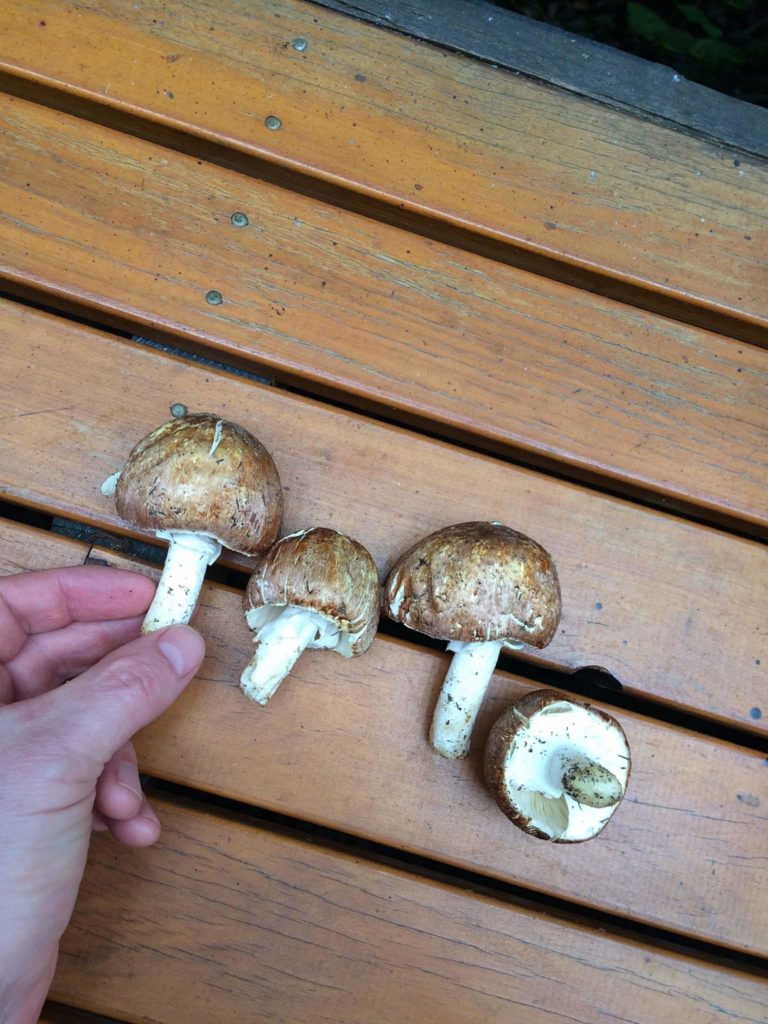
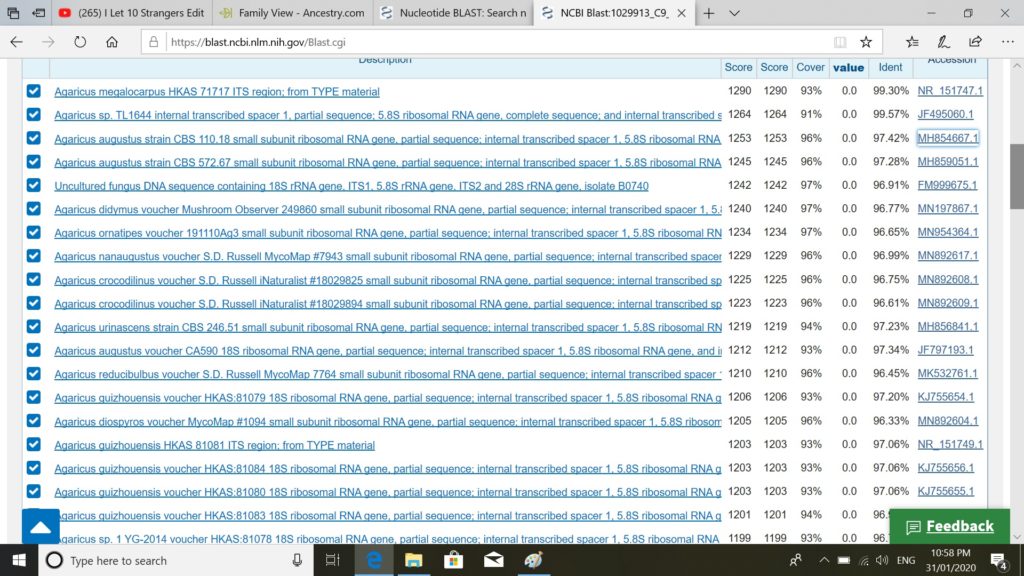

Is this edible? I find them regular.
Thank you.
Hi Nicholas – yes